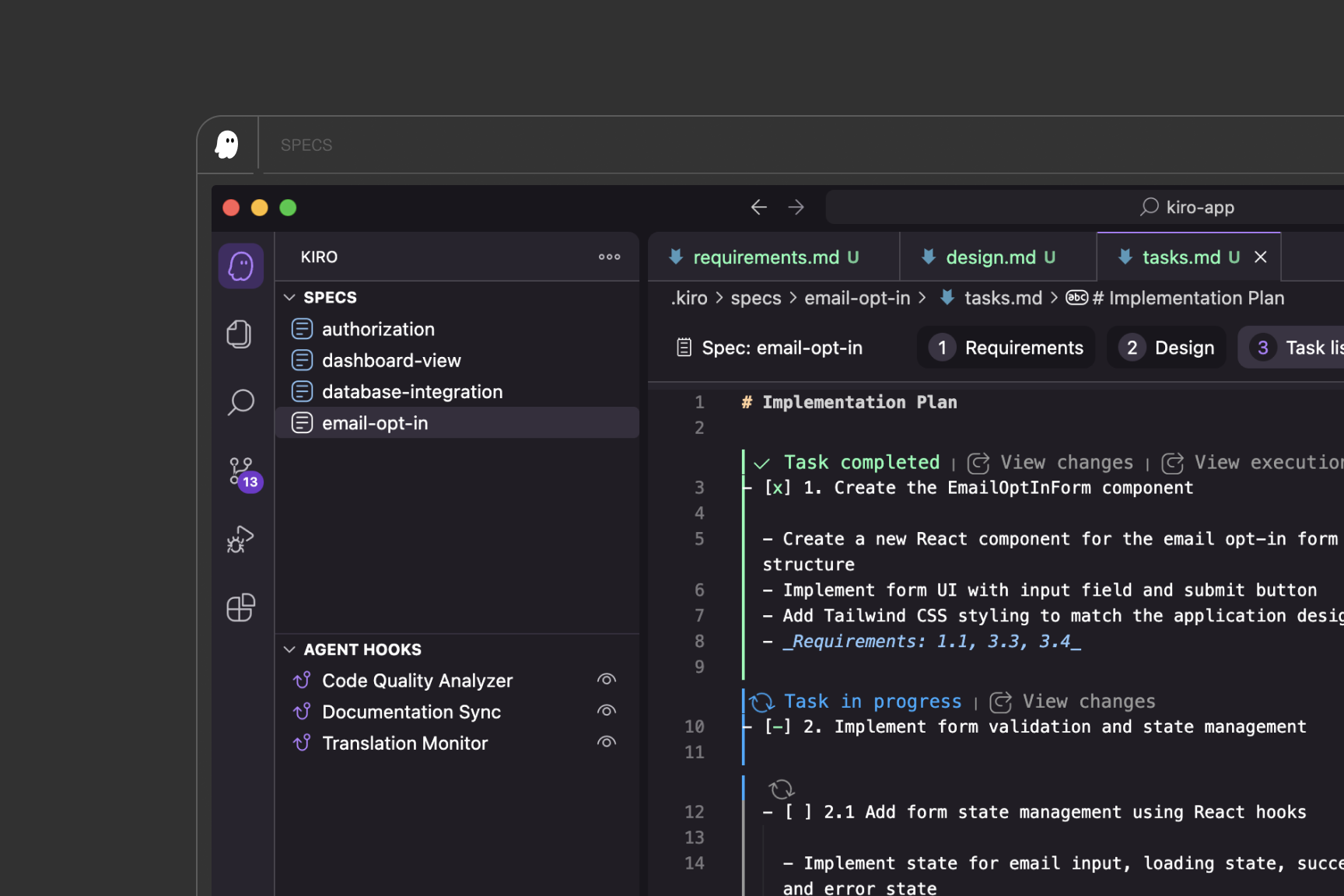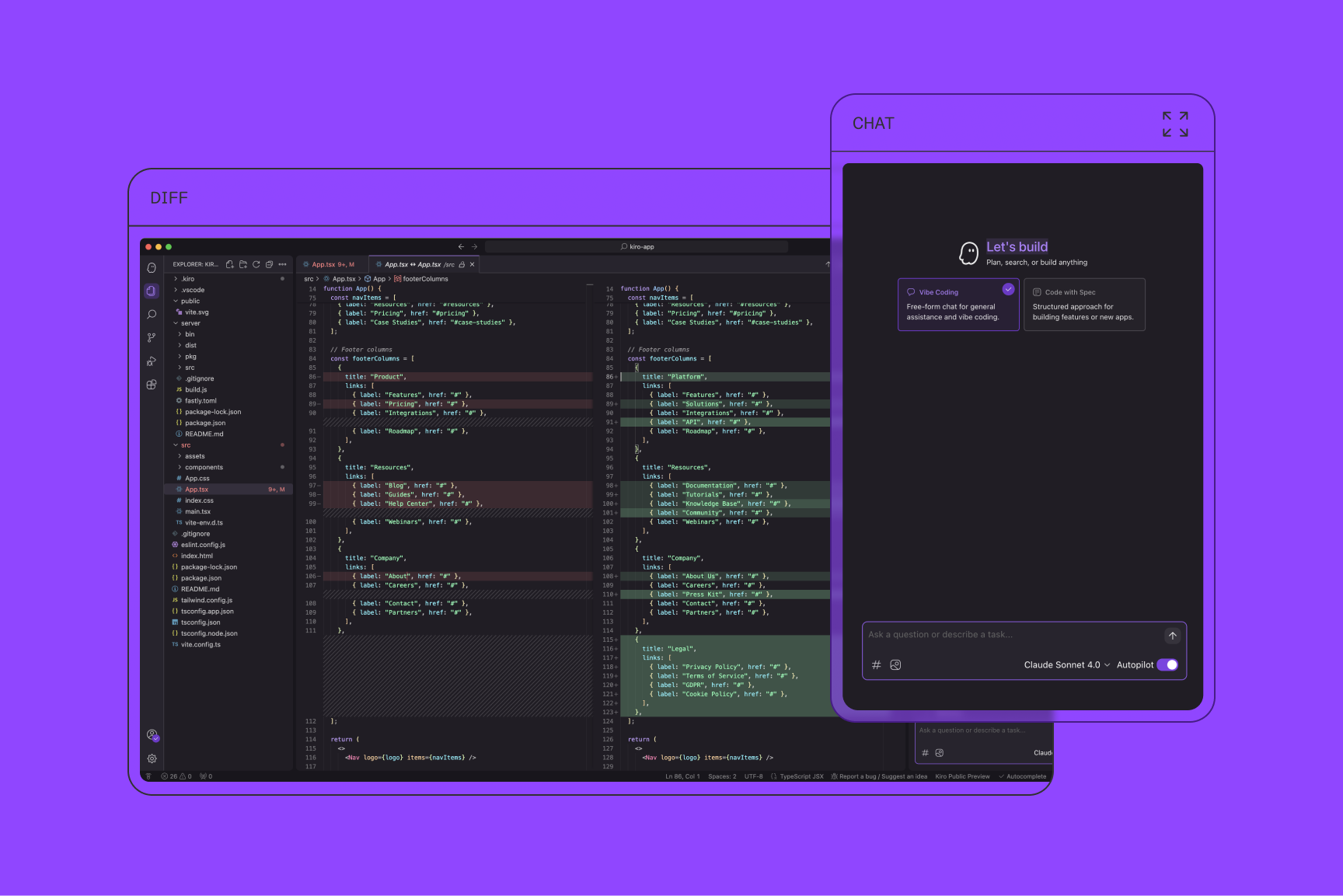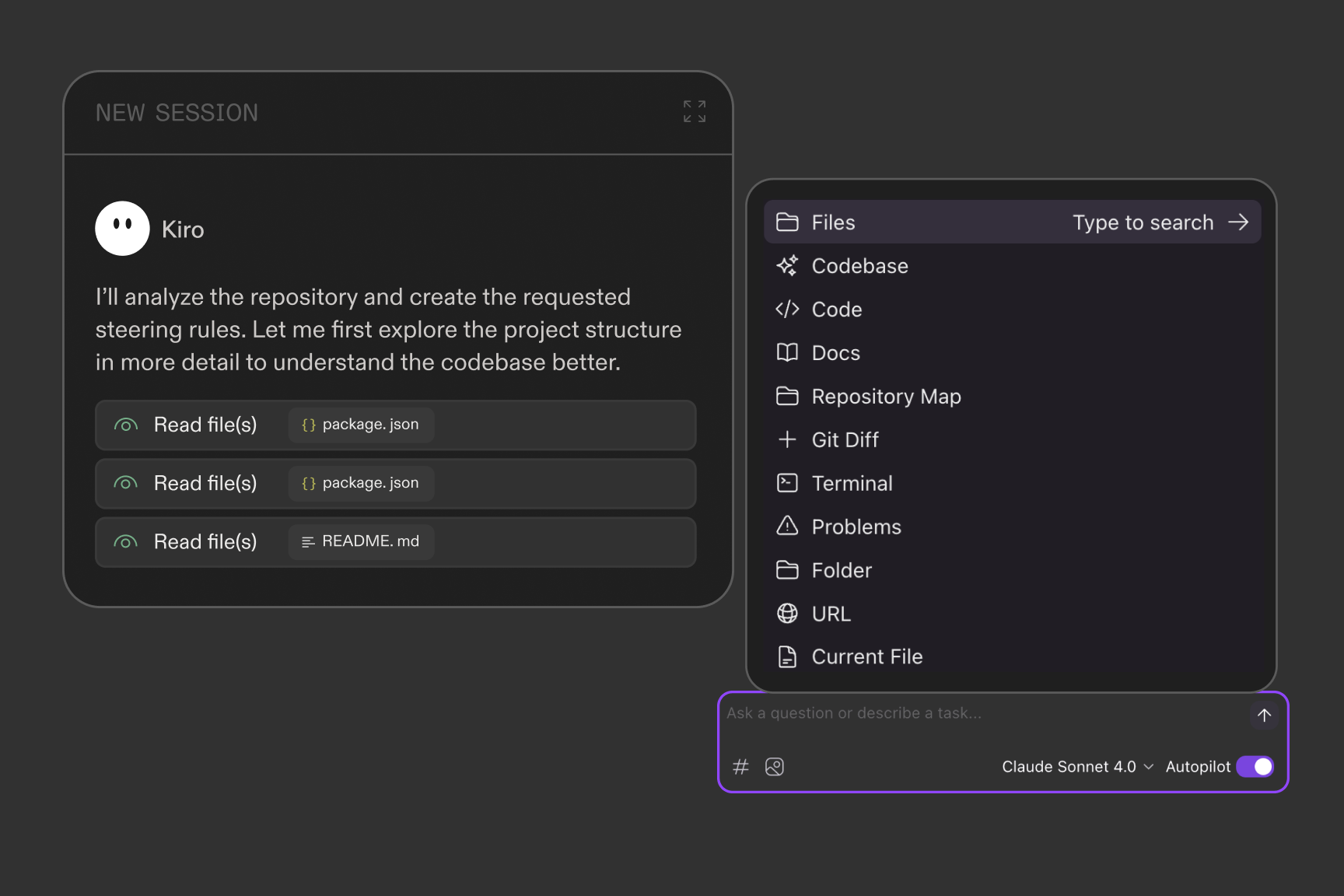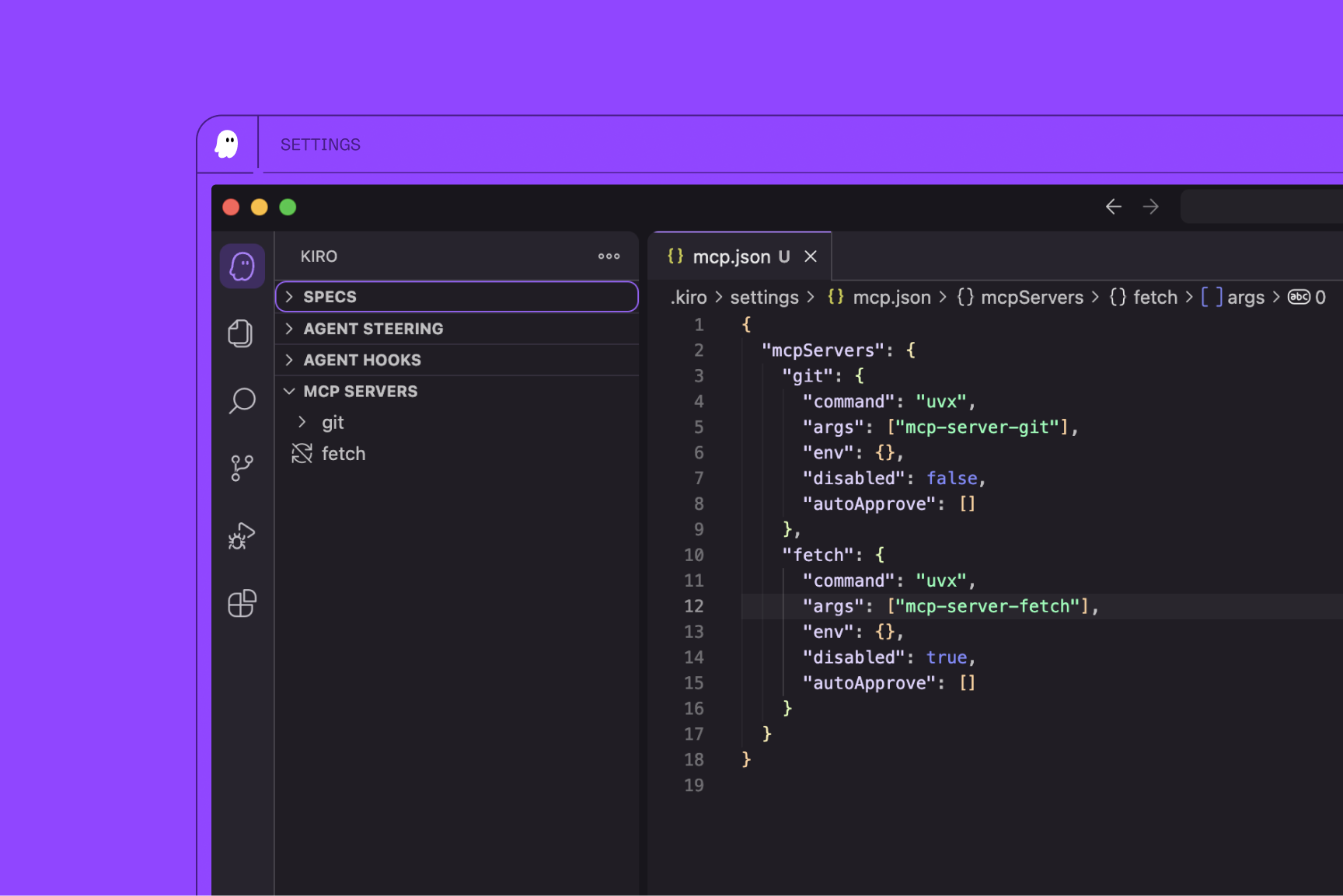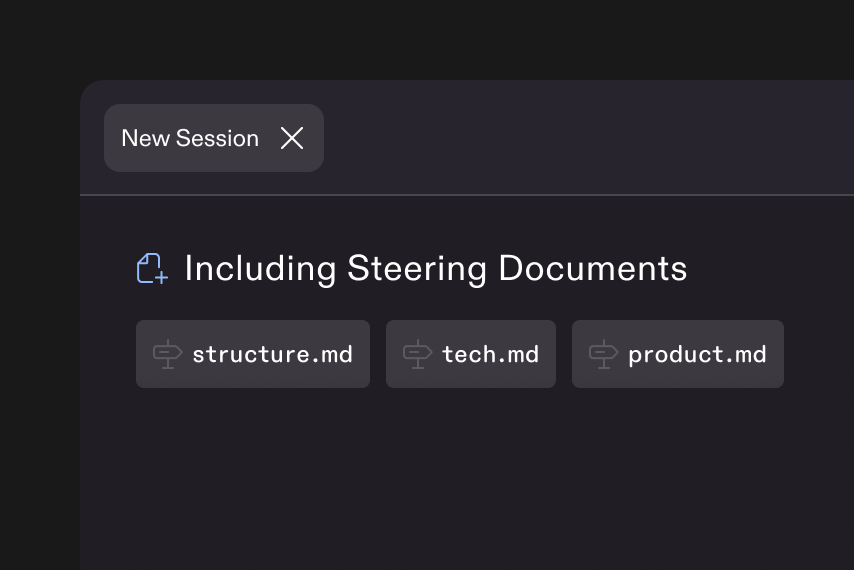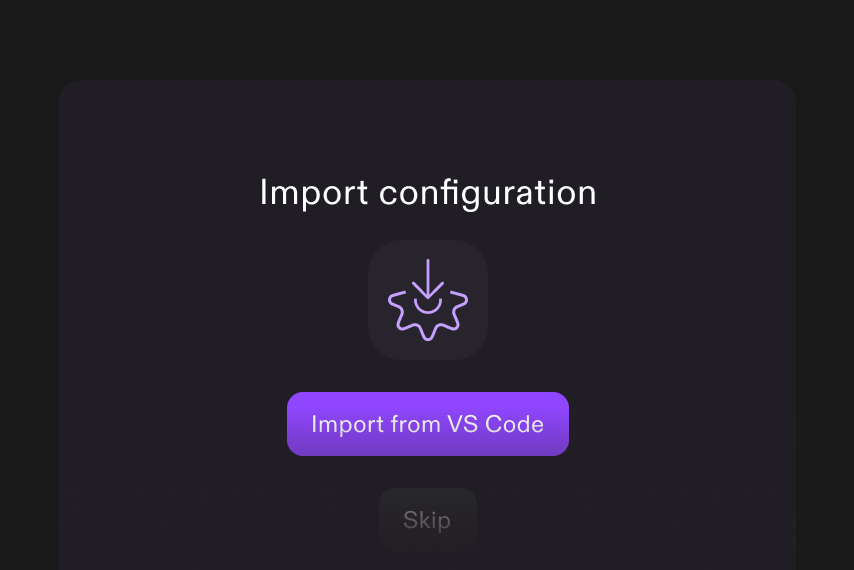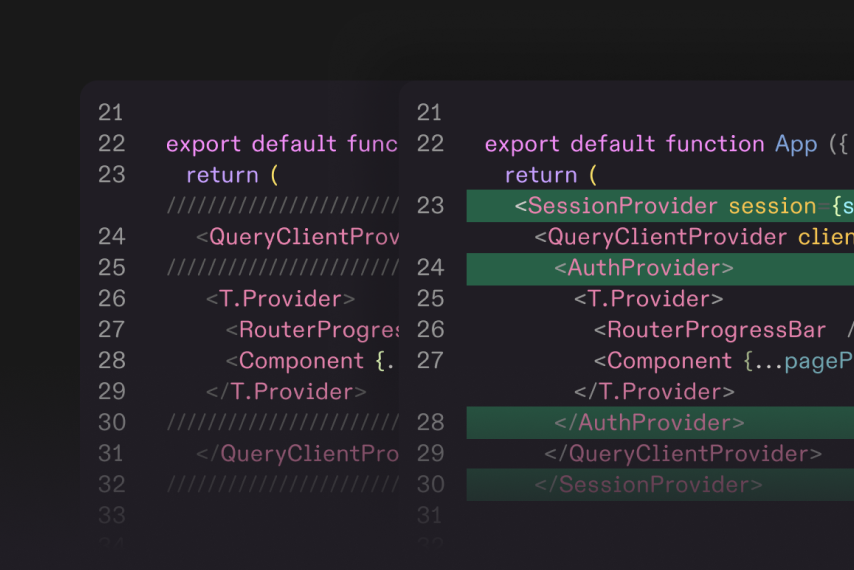I’ve been blown away by Kiro’s capabilities. The agentic experience is really transformative. From the multimodal inputs that understand context to the complete lifecycle control within the IDE, it feels like I’m working with a senior developer.
Most tools are great at generating code, but Kiro gives structure to the chaos before you write a single line.
In roughly two days, I built a secure file sharing application from scratch. By simply sharing my requirements with Kiro, I was able to create a fully secure application that incorporates encryption and various security coding practices—no additional prompts needed.
As an open source developer, I typically don’t build games, but last night I was able to create one using Kiro. I didn’t have to think too hard about implementation since Kiro handled the logic and enabled me to write code quickly and accurately.
Kiro comes equipped with all the best practices that I would put in my specs, and builds me the application I want, faster.
Thanks to Kiro’s spec-driven development, I was able to go from concept to working prototype in a single weekend.
In just four lines into a spec, Kiro was able to write user stories like a product manager and capture so many details that I didn’t even need to mention, saving me several days of work.
Kiro is just more than code. Aside from just listening to prompts and doing things, it can actually work on tasks based on predefined triggers, making the development experience more efficient.
I’ve been blown away by Kiro’s capabilities. The agentic experience is really transformative. From the multimodal inputs that understand context to the complete lifecycle control within the IDE, it feels like I’m working with a senior developer.
Most tools are great at generating code, but Kiro gives structure to the chaos before you write a single line.
In roughly two days, I built a secure file sharing application from scratch. By simply sharing my requirements with Kiro, I was able to create a fully secure application that incorporates encryption and various security coding practices—no additional prompts needed.
As an open source developer, I typically don’t build games, but last night I was able to create one using Kiro. I didn’t have to think too hard about implementation since Kiro handled the logic and enabled me to write code quickly and accurately.
Kiro comes equipped with all the best practices that I would put in my specs, and builds me the application I want, faster.
Thanks to Kiro’s spec-driven development, I was able to go from concept to working prototype in a single weekend.
In just four lines into a spec, Kiro was able to write user stories like a product manager and capture so many details that I didn’t even need to mention, saving me several days of work.
Kiro is just more than code. Aside from just listening to prompts and doing things, it can actually work on tasks based on predefined triggers, making the development experience more efficient.
I’ve been blown away by Kiro’s capabilities. The agentic experience is really transformative. From the multimodal inputs that understand context to the complete lifecycle control within the IDE, it feels like I’m working with a senior developer.
Most tools are great at generating code, but Kiro gives structure to the chaos before you write a single line.
In roughly two days, I built a secure file sharing application from scratch. By simply sharing my requirements with Kiro, I was able to create a fully secure application that incorporates encryption and various security coding practices—no additional prompts needed.
As an open source developer, I typically don’t build games, but last night I was able to create one using Kiro. I didn’t have to think too hard about implementation since Kiro handled the logic and enabled me to write code quickly and accurately.
Kiro comes equipped with all the best practices that I would put in my specs, and builds me the application I want, faster.
Thanks to Kiro’s spec-driven development, I was able to go from concept to working prototype in a single weekend.
In just four lines into a spec, Kiro was able to write user stories like a product manager and capture so many details that I didn’t even need to mention, saving me several days of work.
Kiro is just more than code. Aside from just listening to prompts and doing things, it can actually work on tasks based on predefined triggers, making the development experience more efficient.
I’ve been blown away by Kiro’s capabilities. The agentic experience is really transformative. From the multimodal inputs that understand context to the complete lifecycle control within the IDE, it feels like I’m working with a senior developer.
Most tools are great at generating code, but Kiro gives structure to the chaos before you write a single line.
In roughly two days, I built a secure file sharing application from scratch. By simply sharing my requirements with Kiro, I was able to create a fully secure application that incorporates encryption and various security coding practices—no additional prompts needed.
As an open source developer, I typically don’t build games, but last night I was able to create one using Kiro. I didn’t have to think too hard about implementation since Kiro handled the logic and enabled me to write code quickly and accurately.
Kiro comes equipped with all the best practices that I would put in my specs, and builds me the application I want, faster.
Thanks to Kiro’s spec-driven development, I was able to go from concept to working prototype in a single weekend.
In just four lines into a spec, Kiro was able to write user stories like a product manager and capture so many details that I didn’t even need to mention, saving me several days of work.
Kiro is just more than code. Aside from just listening to prompts and doing things, it can actually work on tasks based on predefined triggers, making the development experience more efficient.
